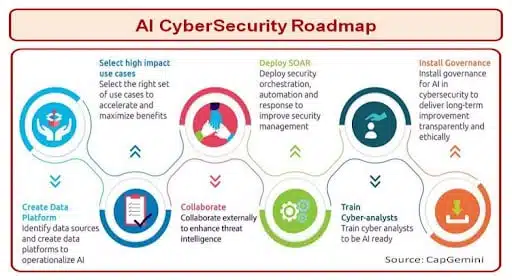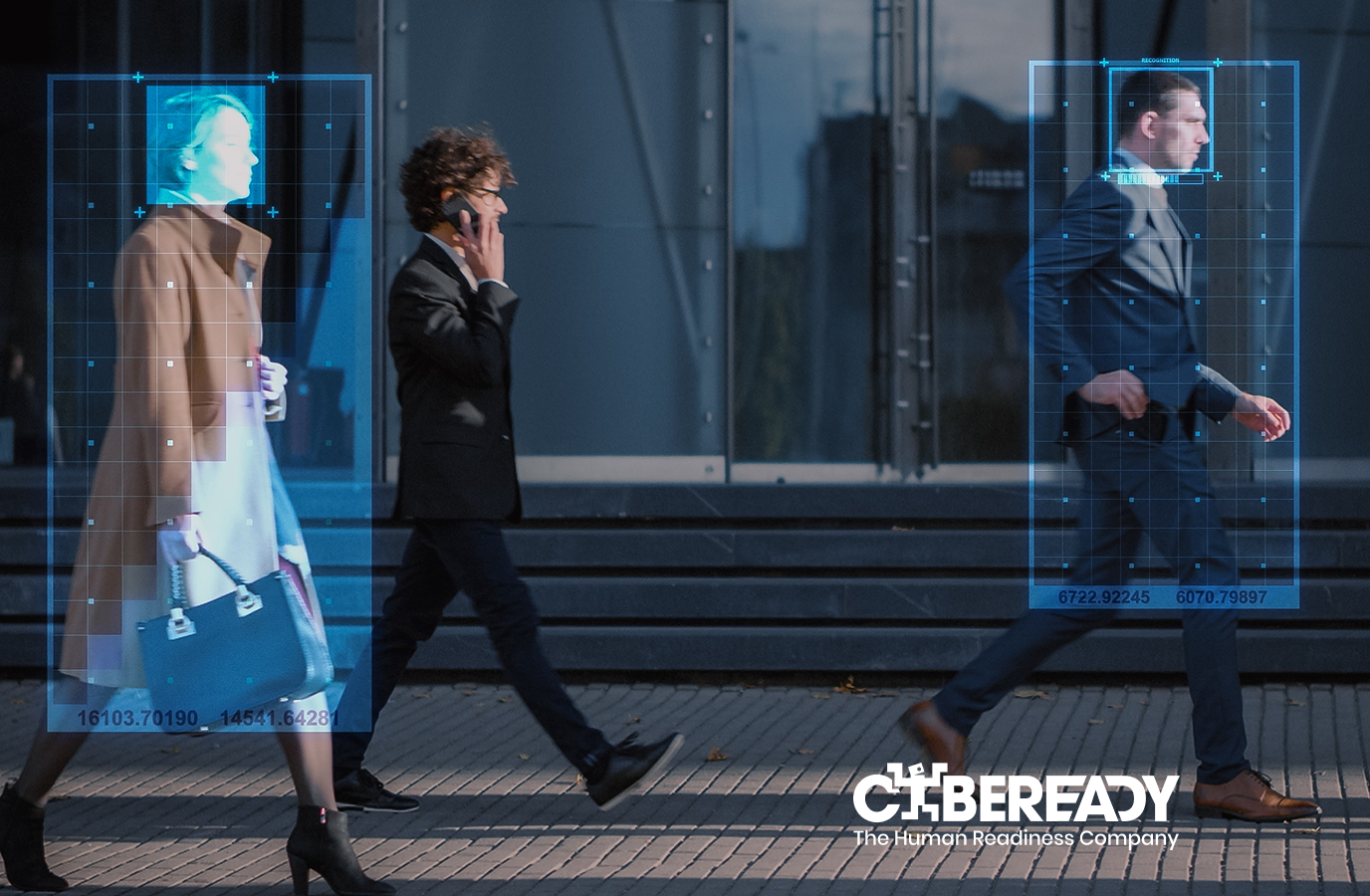We’re about to dive into a topic that is as fascinating as it is mind-boggling—the burgeoning role of Generative AI in cybersecurity, and the hidden dangers it poses.
To begin, let’s quickly demystify what Generative AI is. Think of it as the creative brain of the AI world, capable of producing new content, be it images, music, or even sophisticated pieces of writing. But the question is: what does a tool allowing for this level of human-like content creation mean for cybersecurity?
The answer is that Generative AI brings a two-fold impact on cybersecurity. On the one hand, it offers potential advancements in threat detection, incident response, and security automation. On the other, it poses significant risks, including the potential for more sophisticated cyberattacks, advanced social engineering, and the creation of evasive malware. Therefore, it necessitates vigilant defense strategies, ethical considerations, and robust regulatory frameworks.
Let’s look deeper at the good and bad of Generative AI in cybersecurity, and how its effects might be regulated or mitigated.
The Promise of Generative AI in Cybersecurity
Generative AI offers several promising applications for cybersecurity, including:
A. Enhancing threat detection and prevention
Generative AI holds great promise in enhancing threat detection and prevention. It can learn from past instances of cyber-attacks and generate a model to predict, and even prevent, future attacks. One example is Darktrace’s PREVENT (aka the ‘Enterprise Immune System’), a self-learning AI system that detects and responds to cyber threats.
B. Improving incident response and recovery
Generative AI can also play a pivotal role in improving incident response and recovery. By simulating various attack scenarios, it can help organizations prepare and refine their response strategies, reducing the time and resources needed for recovery.
C. Assisting in security automation and decision-making processes
In the realm of security automation and decision-making, Generative AI is a game-changer. It can automate routine security tasks and aid decision-making by providing data-driven insights. Systems like IBM’s Watson® for Cybersecurity use AI to analyze security data and assist in decision-making.
Considering the potential effectiveness and associated time and labor savings, Generative AI could be a superhero for cybersecurity professionals.
The Dark Side of Generative AI in Cybersecurity
But, like every superhero story, our hero has a dark side. Here’s how it could all go wrong:
A. Exploitation of Generative AI for malicious purposes
Sophisticated AI models could fall into the wrong hands, leading to their exploitation for malicious purposes. An infamous example is the 2020 Twitter Bitcoin Scam, where AI was allegedly used to hack high-profile Twitter accounts and scam followers into sending Bitcoin.
B. Advanced social engineering attacks leveraging Generative AI
Generative AI has the potential to take social engineering attacks to a whole new level. Picture this: an AI that can generate convincing phishing emails or impersonate a CEO’s voice. A study by Check Point Research asked ChatGPT to write phishing emails—and the results were, in the words of the research team, “excellent.”
C. Creation of highly sophisticated and evasive malware with Generative AI
Imagine malware that evolves and adapts to evade detection—that’s the grim reality of Generative AI in the wrong hands. AI-generated malware could potentially bypass traditional security measures, making them a formidable adversary. The same Check Point Research study showed that ChatGPT could create operational malware code with the right text prompts.
It’s important to understand that these issues aren’t just hypotheticals. Research by Darktrace indicates a 135% rise in “novel social engineering” attacks in 2023, which aligns with ChatGPT’s widespread use. The genie’s out of the bottle, so what do we do now?
Challenges and Limitations of Countering Generative AI Attacks
Considering that the potential to create Generative AI cyberattacks is now available to everyone, the question is how to counter them—and the answer is that it’s no easy task. Traditional security measures may be inadequate against the evolving and adaptive nature of AI-generated threats. Additionally, distinguishing between AI-generated and human-generated content can be challenging, especially with the rising sophistication of Generative AI models.

Ethical Considerations and Regulatory Framework of Generative AI in Cybersecurity
Perhaps there are other guardrails that might help with the use of Generative AI in cybersecurity. Generative AI raises several ethical and regulatory issues, and as of now, questions about accountability, transparency, and privacy are all up for debate. The regulatory framework for AI in cybersecurity (and at-large) is still in its infancy. Forging a path that balances innovation with ethical considerations is a challenge for policymakers worldwide. In the meantime, it’s up to Generative AI users to do the right thing.
Mitigating the Risks of Generative AI in Cybersecurity
So, how do we protect our digital fortress against these emerging threats? The answer lies in a multi-pronged approach.
First, incorporating AI into our own defense mechanisms can help counter AI-generated threats.
Secondly, stringent measures should be in place to prevent the misuse of AI technologies.
Finally, international cooperation and robust regulatory frameworks will be vital in governing the use of AI in cybersecurity.
There’s no doubt that the road ahead is fraught with challenges. But remember, every technological revolution has faced its fair share of bumps. As we navigate the uncharted territory of Generative AI in cybersecurity, let’s keep sight of its immense potential. Yes, Generative AI can be a formidable adversary, but if harnessed correctly, it can also be our strongest ally.
The Opportunity of Generative AI
Ultimately, the rise of Generative AI in cybersecurity is a double-edged sword. It holds great promise in enhancing our defense mechanisms but simultaneously poses significant threats and challenges. As cybersecurity professionals, we are responsible for staying ahead of the curve and ensuring that the digital world remains a safe space for all.
At CybeReady, we are committed to staying at the forefront of these emerging trends. We believe that through research, collaboration, and innovation, we can navigate the complexities of the AI revolution and ensure a safer digital future for all.
After all, as the saying goes, “In the midst of chaos, there is also opportunity.” Let’s seize it!













